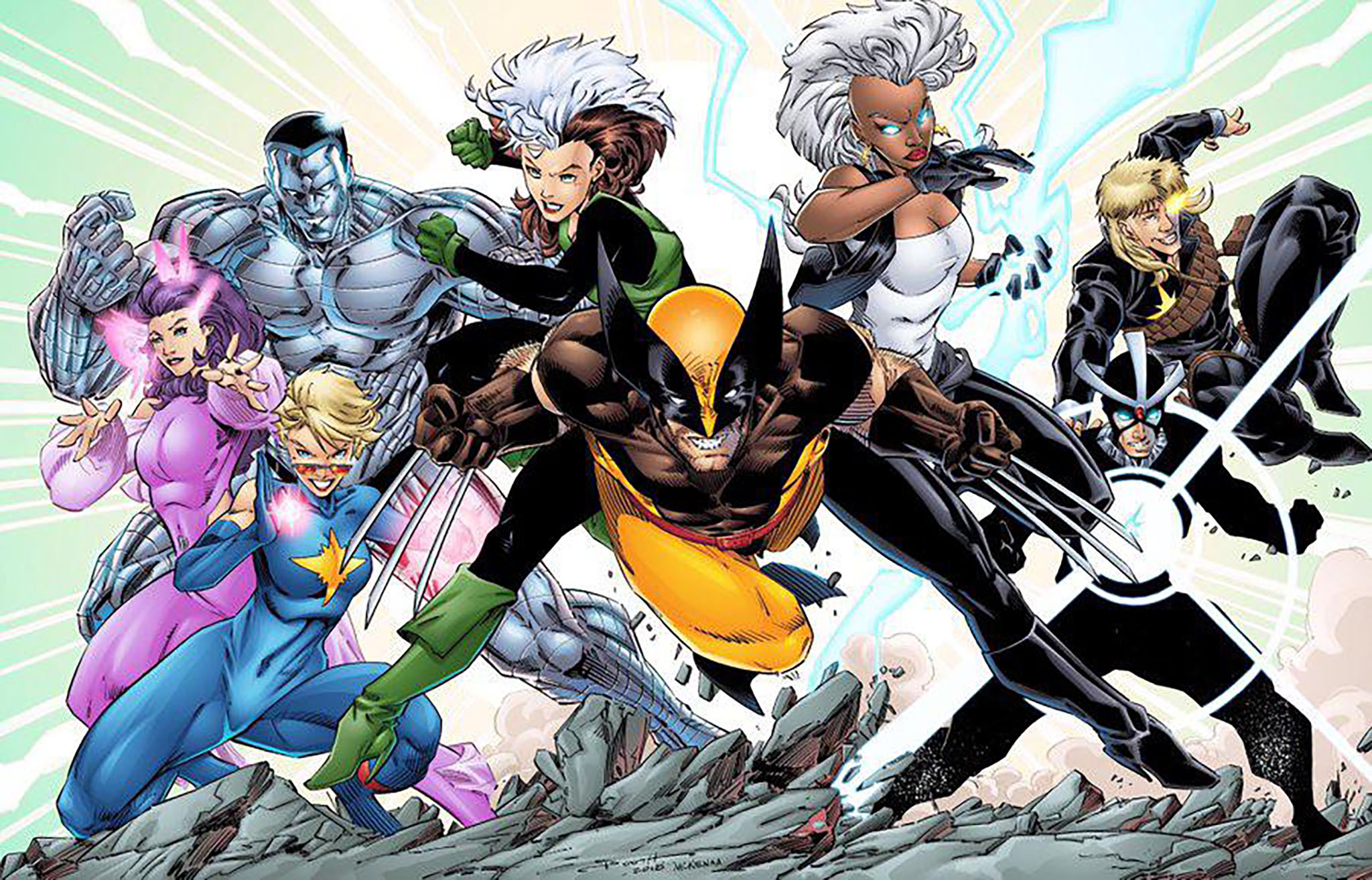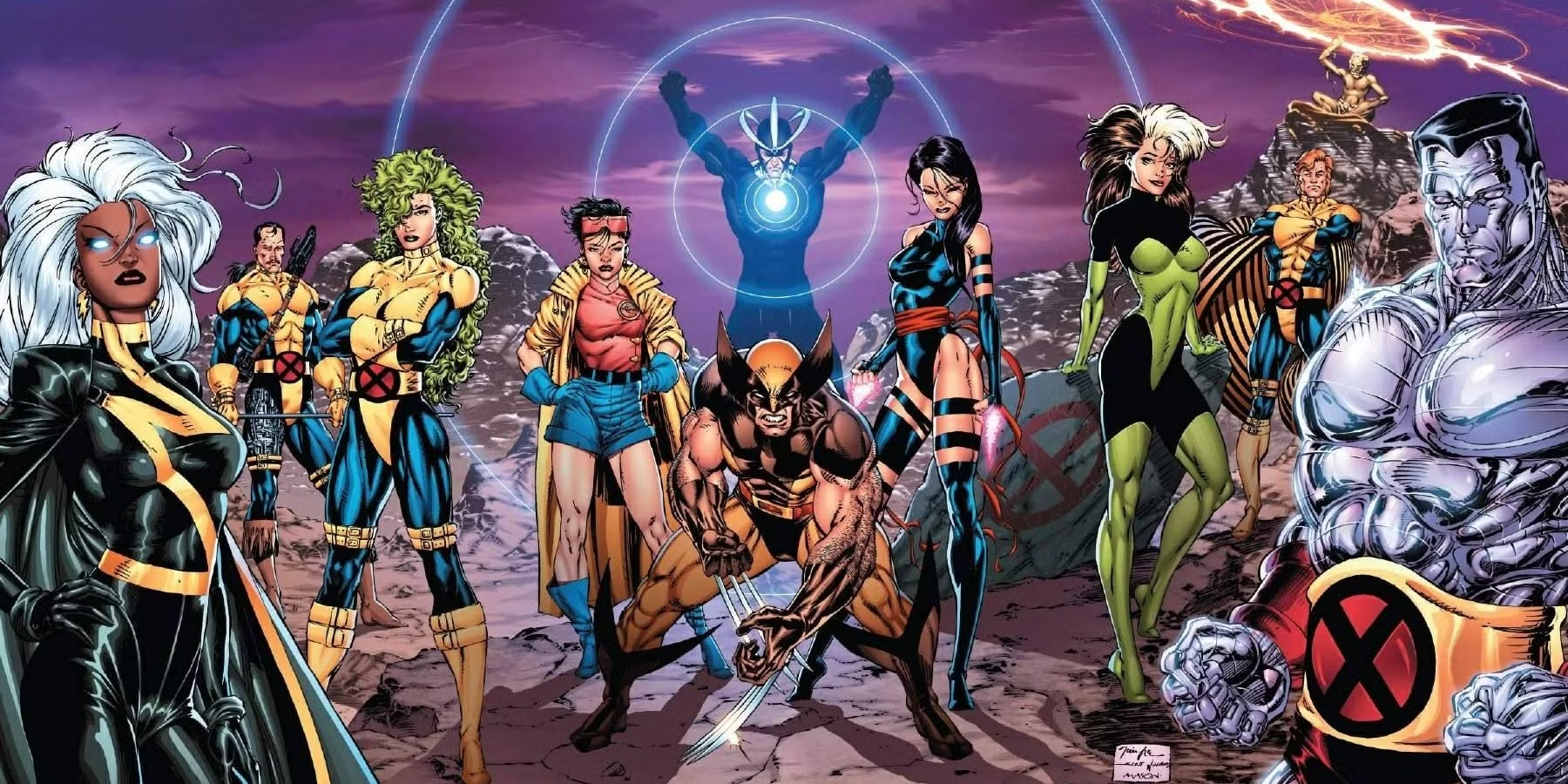
Beginning with issue #229 of “Uncanny X-Men” following the “Fall of the Mutants” incident, what remains of the X-Men transfer to the Australian outback. This tale takes an unusual turn: after a new team was presented around issue #218, it was believed that the X-Men had met their demise while fighting against a demon called The Adversary who disguised himself as Forge’s mutant friend. However, it appeared they had perished, but instead, they received a second chance. Transported to the outback, the team battled a gang of anti-mutant cyborgs known as the Reavers and established their new residence in an abandoned town isolated from human civilization.
The X-Men have long symbolized the experiences of outcasts and underrepresented groups, including those distinguished by race, gender, sexuality, and more. This theme is particularly emphasized during the Outback era, a period marked by team reshuffles and internal conflicts. At this time, the X-Men were more outcasts than ever, with Storm continuing as leader and Wolverine by her side. The only original member still present from the team’s debut in Giant-Size X-Men was Colossus, who had been sidelined until then.
Joining them were Rogue, Havok (Scott Summers’ younger brother), Dazzler (introduced during the “Dark Phoenix Saga”), Longshot (created by Uncanny editor Ann Nocenti), and Elizabeth Braddock, Captain Britain’s younger sister who went by Psylocke. This diverse group of newcomers made the X-Men a team of outsiders even more so than before, eventually forming a close-knit family.
Gateway, an Aboriginal man residing in the Outback who could teleport the team at will, and Madelyne Pryor, a human character who joined them later, completed this unlikely X-Men lineup. Although unconventional, it was during this period and the Outback era that the X-Men shone brightest, remaining one of their most memorable eras to fans.
What made this era so special?

A notable aspect that sets the Outback period apart is the unique camaraderie within the X-Men team. This group of mutants seemed more like a close-knit family compared to previous iterations. During this era, their adventures were not only heroic but also less tense and more relaxed. Comics #244 and #245 epitomize this trend, as they portrayed girls’ and guys’ nights out. The female characters were transported to a mall in California, introducing Jubilee for the first time, while the males visited bars, leading to mayhem. Although “Inferno” was one of the most tragic events during Chris Claremont’s run, this period was predominantly enjoyable, offering readers an unprecedented glimpse into these characters’ personalities.
Wolverine, as usual, stirred up trouble with another member of the Summer family. Relationships between Longshot and Dazzler blossomed, everyone tried to engage Gateway in conversation, and naturally, Rogue grappled with Carol Danvers’ mind being trapped inside her body. In many ways, the Outback era allowed the X-Men to step out of their superhero roles and simply be people for a change. For once, they could enjoy each other’s company without the constant looming threat of danger or the pressure of saving the world. The team was able to relax and bond in a way that had been rare up until then.
Indeed, much as all valuable experiences can’t linger forever, the tranquility didn’t persist. The Reavers resurfaced, wreaking havoc on everyone once more. Wolverine was pursued and put to death. Psylocke was seized and forced to transform into an assassin for The Hand. Storm appeared to perish again, while the remainder of the team plunged through the Siege Perilous – a reflective surface that evaluates your life and offers another chance at a fresh start. This event led to a temporary trio of Wolverine, Jubilee, and Psylocke embarking on adventures in Madripoor for some time, but nothing quite like the Outback era would reoccur.
During its run of roughly 20 to 30 issues, the Outback era may be considered underappreciated and overlooked among the X-Men’s storied history. Given that the modern X-Men are currently grappling with the aftermath of Krakoa’s rise and fall, it’s worthwhile for Marvel fans to revisit this period when the X-Men experienced a semblance of normality (as unusual as that is for them). Revisiting this era might offer fresh insights into the world of X-Men.
https://comicbook.com/comics/news/magneto-was-right-9-times-proving-it/embed/#
Read More
- Gold Rate Forecast
- Wednesday Season 2 Completely Changes a Key Addams Family Character
- Age of Empires IV: Anniversary Edition coming to PS5 on November 4
- Timothee Chalamet heist film
- 10 Most Badass Moments From Arrow
- Dynasty Warriors remastered title and Dynasty Warriors: Origins major DLC announced
- Jimmy Kimmel Slams ‘Angry Finger Pointing’ Following Charlie Kirk Shooting After Building a Career off Angry Finger Pointing
- BTC PREDICTION. BTC cryptocurrency
- The Simpsons Kills Off Marge Simpson In Shocking Twist
- How Mariska Hargitay’s Husband Supported Her After Sexual Assault
2025-07-06 03:41